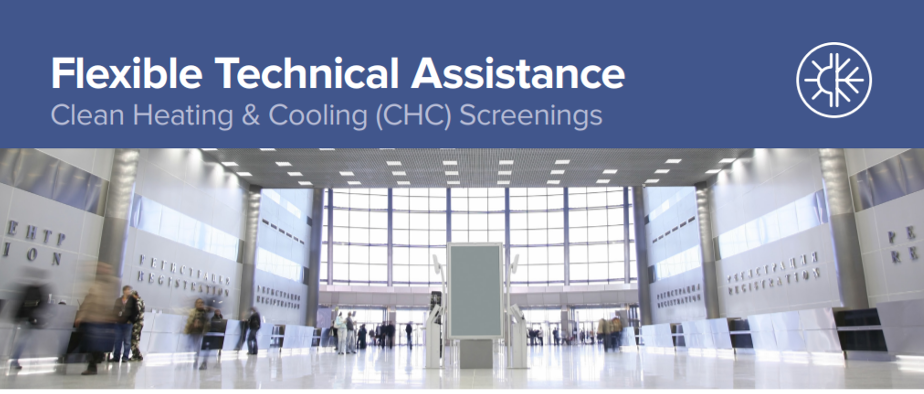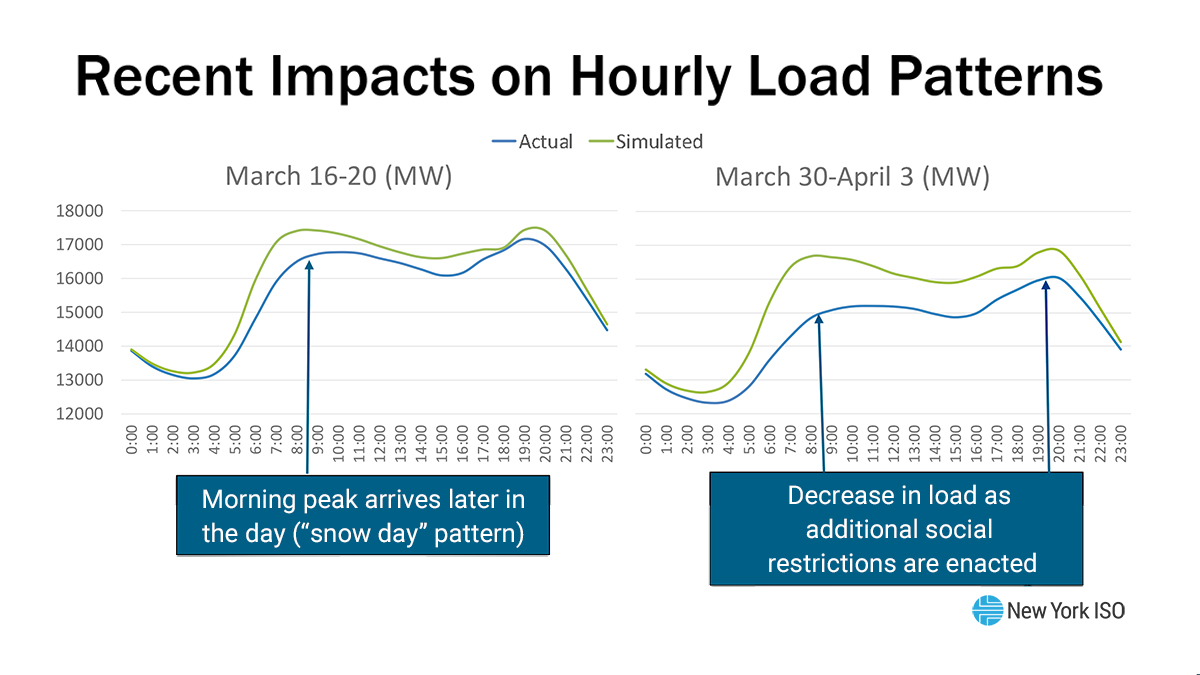Set to be one of the world's fastest growing energy consumers, the number of data centers continues to increase rapidly in conjunction with the constant growth of digital content, cloud, e-mail and internet traffic.
With 3 million data centers in the U.S. consuming 70 billion kilowatt-hours in 2014 alone, it's imperative for data centers to take steps towards offering energy efficiency services that focus on reducing energy consumption and lowering costs for industry users.
Data centers must meet the demands of both industries that are tasked with storing large amounts of information and the environment. By working with energy consultants, data centers can focus on reducing energy waste and employing new technology to ensure a successful and sustainable future.
Reducing Energy Waste and Adapting New Technology
Finding, managing, and de-commissioning comatose servers, 30% of which are estimated to exist due to their low visibility is the first step data centers must take to increase energy savings. Data centers can implement a four-step process of identifying underutilized servers that requires minimal effort. Through assessing their visibility, controlling their output, and automating workflow to drive efficiency, centers access immediate cost-energy savings, up to $500 per year, per server, while adding additional network capacity without expanding their footprint.
Data centers can also offer energy efficiency services by employing internet of things (IoT) technology. Facilities that deploy an incremental rollout of software that encompasses IoT to decrease energy costs, can see up to a 40% reduction in wasted energy and a 19% reduction in energy cost savings.
IoT technology creates a hyper-connected environment that allows facilities to be more responsive, dynamic, and capable of reducing excesses in energy-intensive data centers. Facilities that integrate sustainable energy optimization through IoT technology are able to collect, process, and analyze data that allows them to monitor and predict power and equipment failures, reducing wasted energy and increasing cost savings in the process.
As cloud devices and data storage remain popular and energy costs continue to rise, it's imperative for data centers to implement energy efficiency services and technologies that will lower costs and decrease waste. Reducing the number of comatose servers and integrating IoT technology are just two steps for energy-hungry data centers to implement in order to effectively and efficiently become more environmentally and fiscally sustainable
















